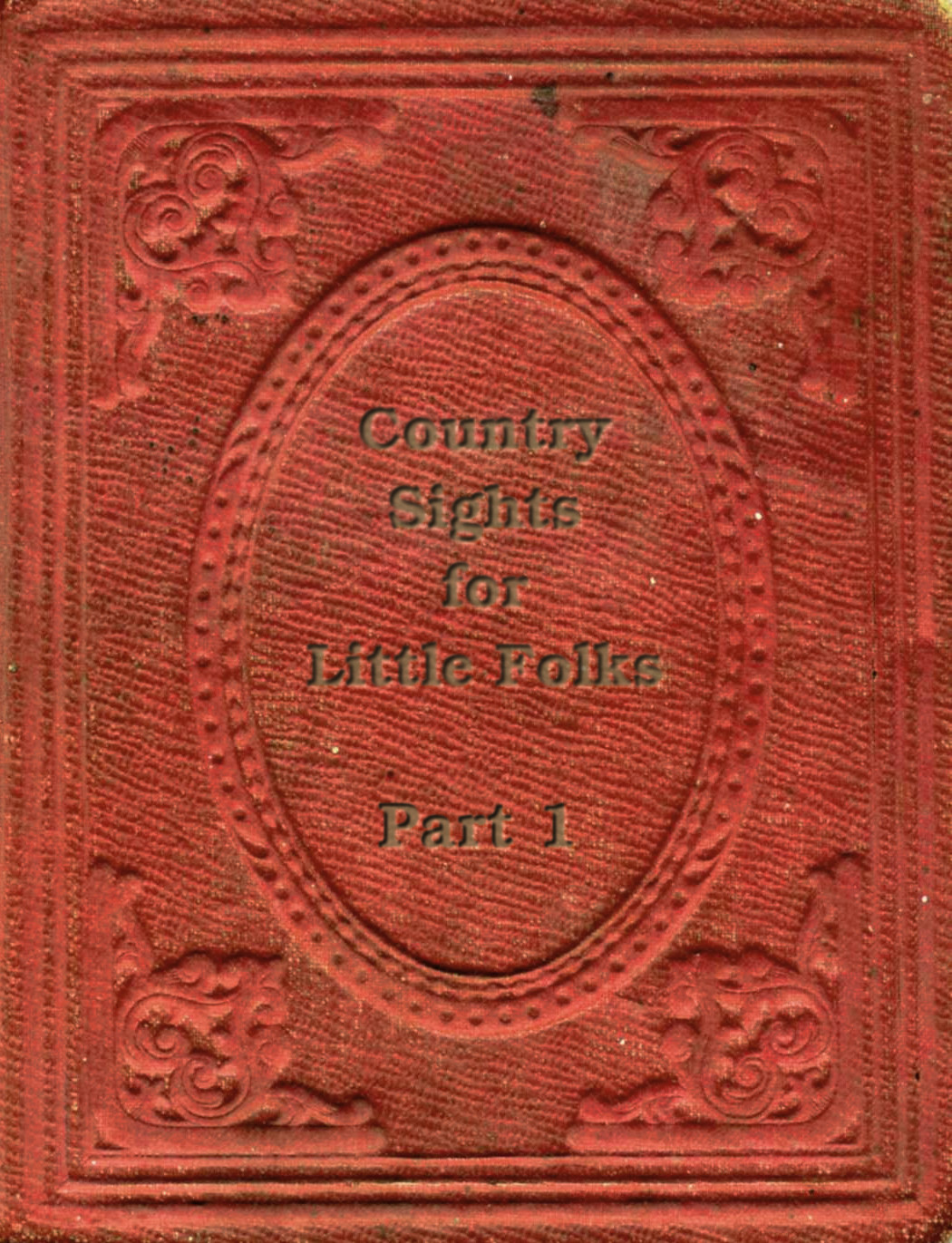GOING TO CHURCH

This is a delightful scene indeed! The flail, the wain, and the mill are hushed; the labouring teams have ceased awhile their toil. The repose and stillness of the lovely morning are rendered even more soothing to the mind by the sound of the distant bells. But let us not spend the hour in slothful loitering, or in empty expressions of admiration; let us walk to the house of God in company with the multitude who keep holy day, and there worship and bow down and kneel before the Lord our Maker.
Our country churches are sometimes made of brick or stone—but generally of wood, and painted white. This gives them a very neat appearance, and is almost a sure sign that the inhabitants of the village are intelligent, orderly people. We however too often find them in a dilapidated, neglected condition.
In England the churches are generally very picturesque and venerable buildings. The tall spire, the gray tower, the ivied walls and the pointed windows, together with the antiquity of the pile, affect the eye and the mind with a peculiar interest.
Still more affecting is the church-yard! There lie the bodies—the dust of those who once worshipped within, but who never more shall enter. Did they confess their sins with lowly, penitent, and obedient hearts? Then all is well; then have they escaped the bitter pains of eternal death: and so we can view the mouldering tomb and the grassy hillock, in sure and certain hope of a joyful resurrection.
COMING FROM CHURCH

Here we see a few of the congregation leaving the church. Let us hope they will make the best of their way home, that they may be there again in the afternoon; for in a country church like this there will not be an evening service.
The worship of Protestant churches is such as children can understand if they attend to it—but in Roman Catholic countries, the church service is repeated in Latin: children cannot then understand even the Lord’s prayer. It is a great benefit to be permitted and assisted to pray to God in our own language; but this advantage is quite lost to those who pay no attention, and are thinking all the time of other things. Some good little girls and boys employ the time when they are walking from church, in repeating portions of the sermon, or the lessons for the day. You should try and sing. Did you not hear the children in the gallery, how nicely they sung to the organ? You should endeavour to do the same.
THE RECTORY

That is the clergyman’s house.— How pretty it looks, embosomed amongst the trees! Who can that little girl be running along the path towards the gate? She has a can in her hand, or something of the kind; probably it has milk in it, or perhaps she has been sent by the lady of the house with a jug of that useful commodity to some poor family. A clergyman’s house in Scotland is called a manse. In England it is a rectory, or a vicarage house, and in our country a parsonage, which name will do for all. There is generally some land belonging to a parsonage house, which is called the glebe.
The clergyman has this house to live in, and contributions from the parish, that he may be able to live without trade or labour, and perform the duties of a minister to the parishioners. He conducts the worship, and preaches in the church, he baptizes the infants, reads the burial service over the dead, and performs marriages. He visits the sick and the poor, and catechizes the children on Sundays.

